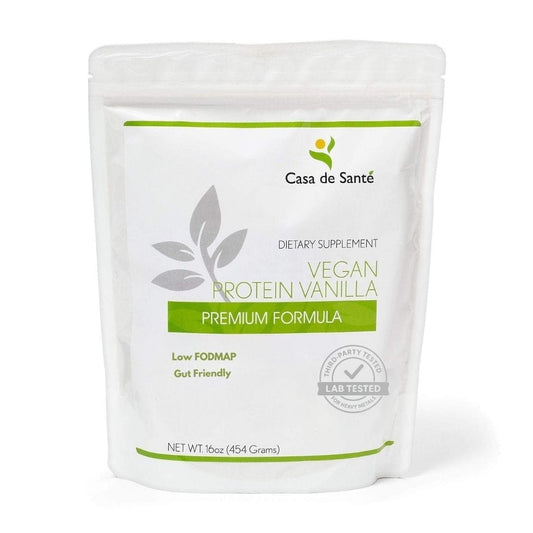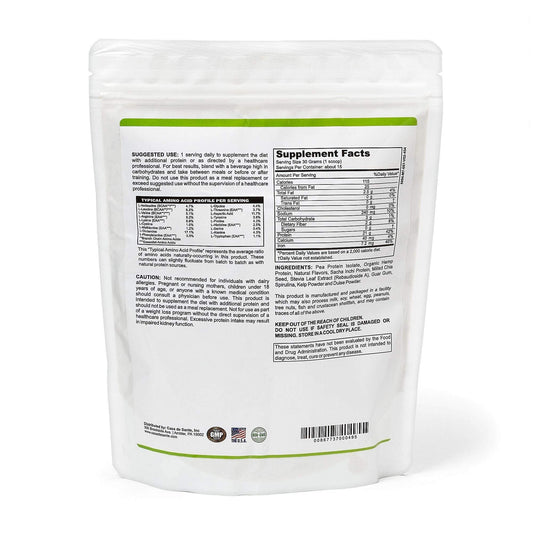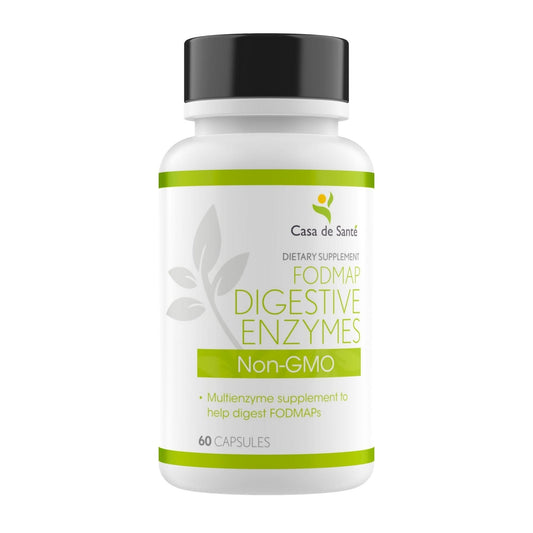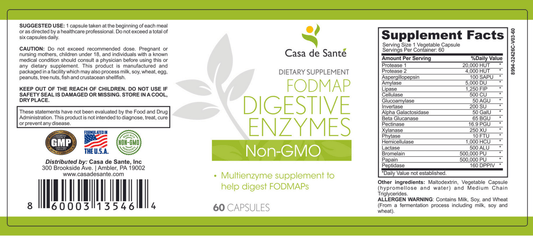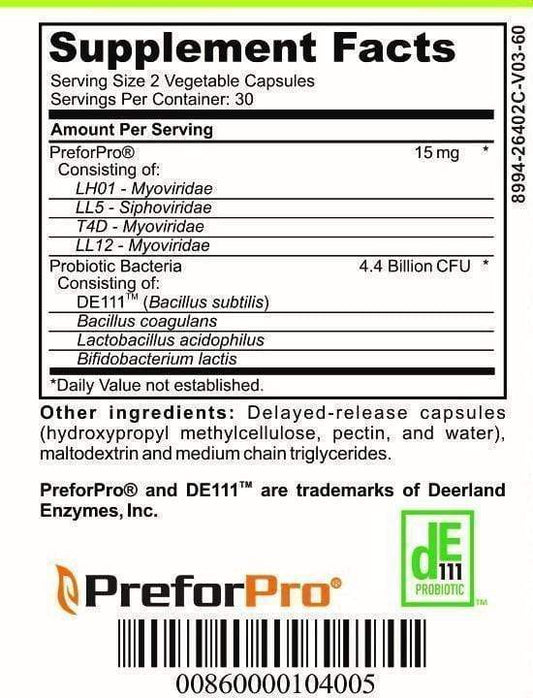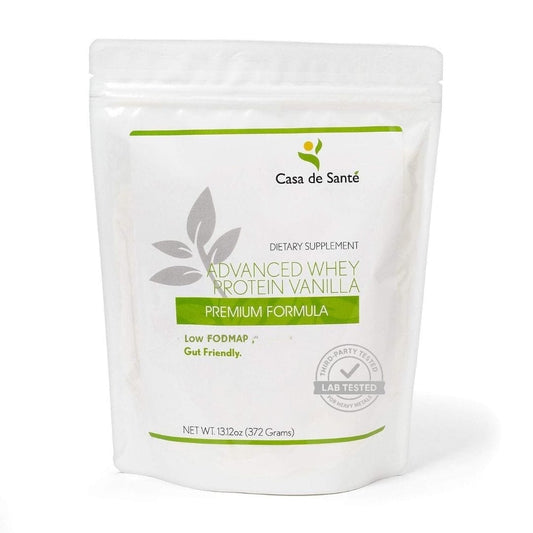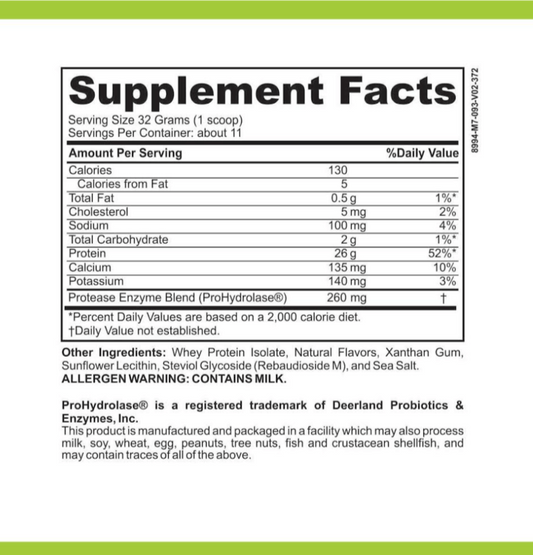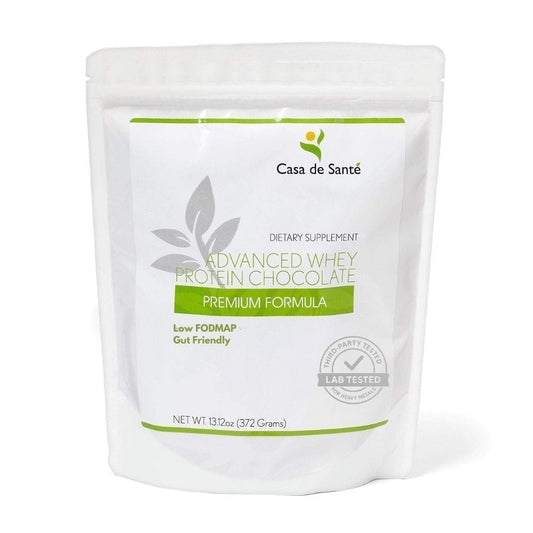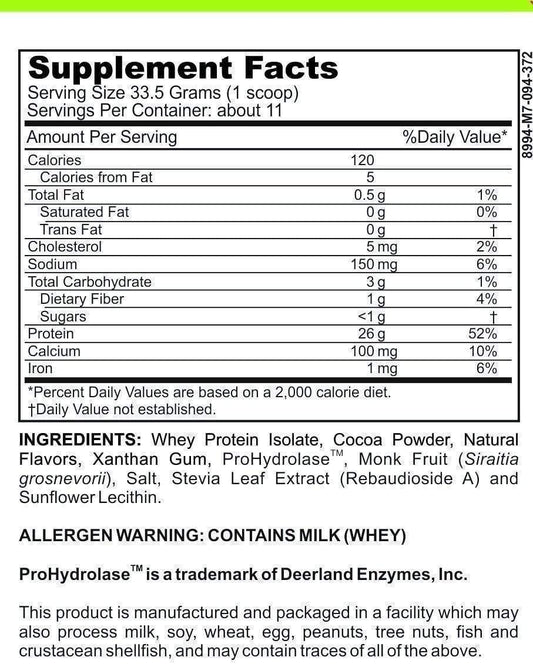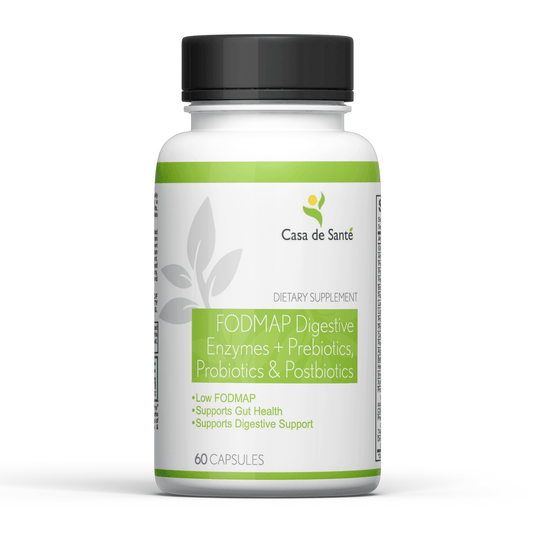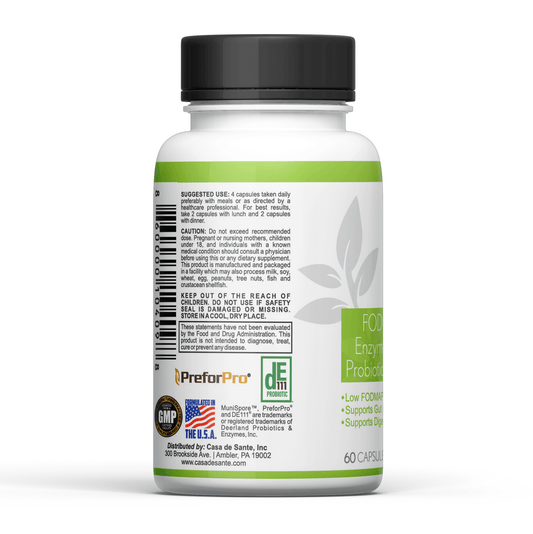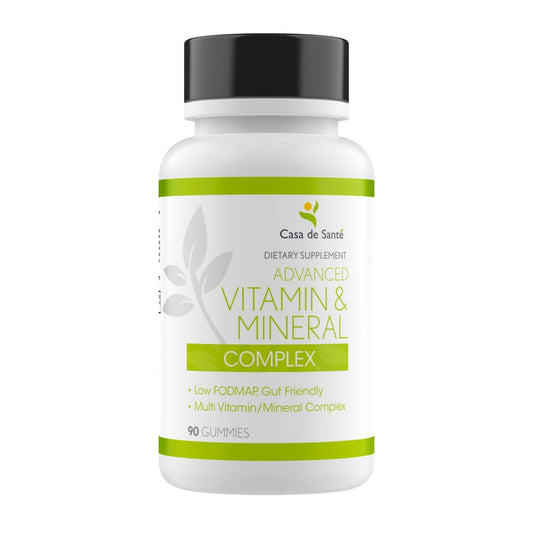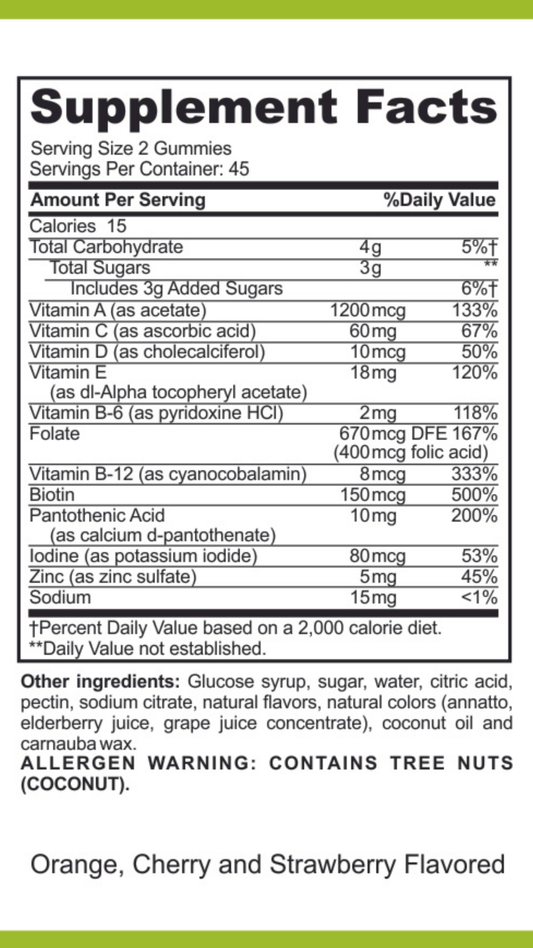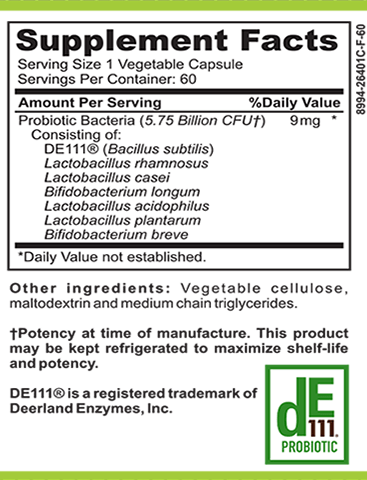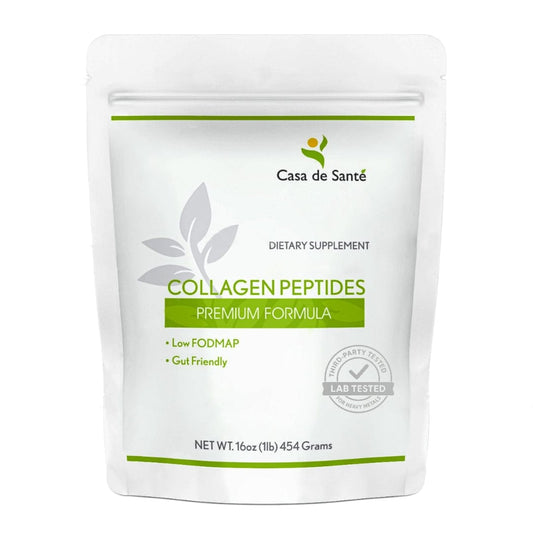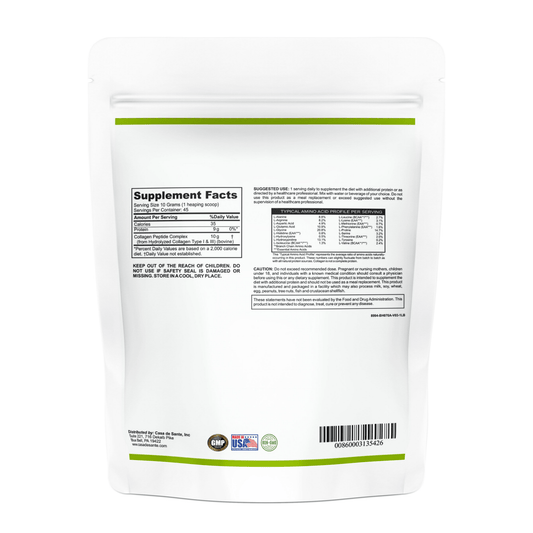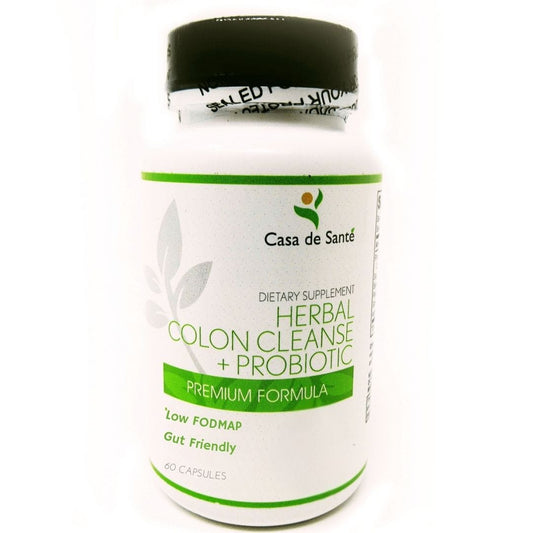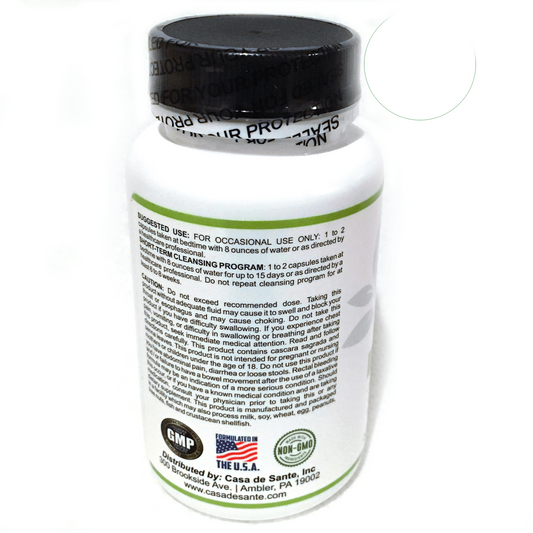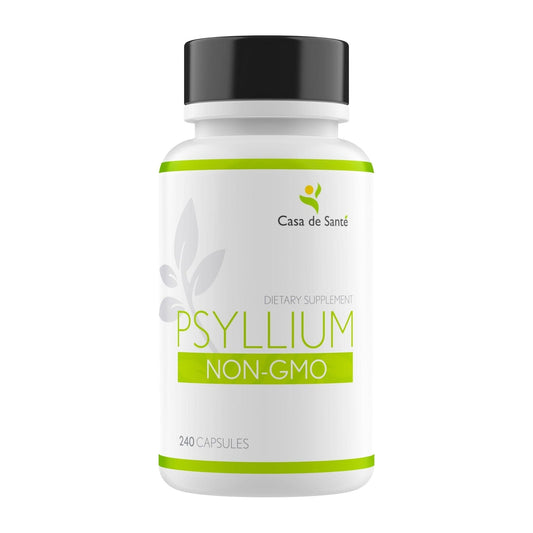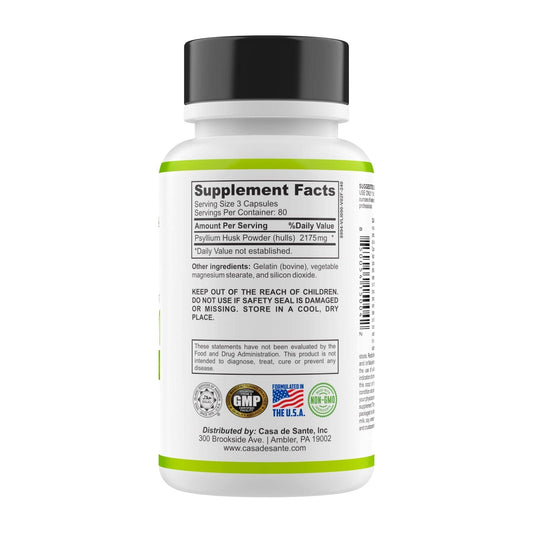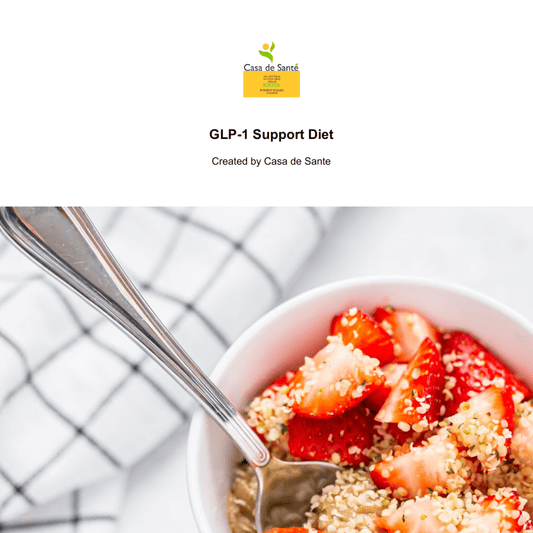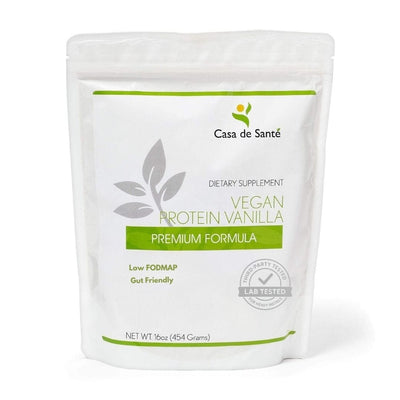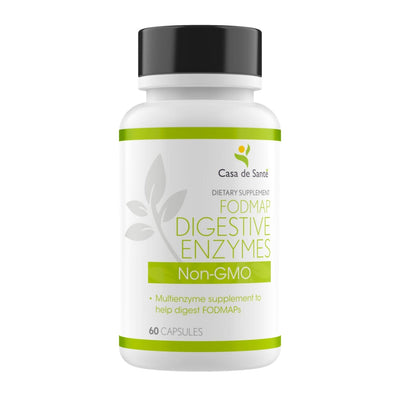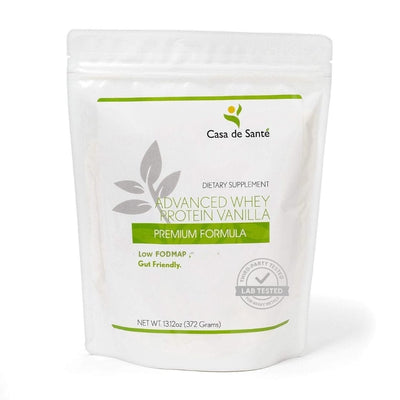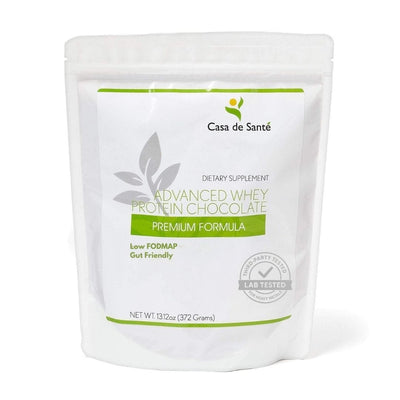Understanding the 6 Top Triggers for a POTS Flare and How to Manage Them
Living with Postural Orthostatic Tachycardia Syndrome (POTS) can be tough, and flare-ups can really throw a wrench in your day. Understanding what triggers these flares is key to managing your symptoms and feeling better. In this article, we'll go over the 6 top triggers for a POTS flare and some tips on how to handle them. It's all about finding what works for you and taking control of your health.
Key Takeaways
- Heat and humidity can worsen symptoms, so try to stay cool.
- Dehydration is a big no-no; drink plenty of fluids and consider increasing your salt intake.
- Standing for long periods can trigger symptoms; find ways to keep moving or take breaks.
- Don't skip meals; regular eating can help stabilize your symptoms.
- Managing stress through relaxation techniques can make a difference.
1. Heat and Humidity

Okay, so heat and humidity are HUGE triggers for POTS flares. I mean, seriously, who likes being hot and sticky? But for us POTS folks, it's a whole different level of awful. Heat makes your blood vessels dilate, which can drop your blood pressure and send your heart rate through the roof. It's like a perfect storm of feeling terrible.
I remember one summer, I thought I could handle a day at the beach. Big mistake. By noon, I was dizzy, nauseous, and ready to pass out. Now, I know to be extra careful when the weather gets warm.
Here's the deal: our bodies just don't regulate temperature like they should. We don't sweat properly, and we lose fluids way too easily. So, what can we do about it? Here are some things that have helped me:
- Hydrate, hydrate, hydrate: Seriously, carry a water bottle everywhere. Electrolytes are your friend, too. I like to add a little bit of electrolyte powder to my water, especially on hot days.
- Dress smart: Light, loose-fitting clothing is key. Dark colors absorb heat, so stick to lighter shades. And don't be afraid to wear a hat or use an umbrella to block the sun.
- Seek out air conditioning: This might seem obvious, but it's a lifesaver. If you don't have AC at home, find a public place that does, like a library or a mall.
- Cooling towels and vests: These are amazing! Soak a cooling towel in cold water and drape it around your neck. Or invest in a cooling vest for extra relief.
- Plan your activities: Avoid being outside during the hottest part of the day. If you have to be out, take frequent breaks in the shade or in an air-conditioned space.
Basically, you have to be proactive about managing your temperature. It's not always easy, but it's worth it to avoid a POTS flare.
2. Dehydration
Dehydration is a big problem for people with POTS. It's like, your body is already struggling to keep things balanced, and then you throw in not enough fluids? It can really mess things up. When you're dehydrated, your blood volume drops, which makes it even harder for your body to regulate blood pressure and heart rate. This can lead to a whole cascade of symptoms, making you feel dizzy, weak, and just generally awful.
It's not just about drinking water, though. Electrolytes are super important too. Think of electrolytes like sodium, potassium, and magnesium. They help your body hold onto water and keep everything running smoothly. When you sweat, you lose electrolytes, so it's important to replace them, especially if you're prone to POTS flares.
Here are some ways to combat dehydration:
- Carry a water bottle with you and sip on it throughout the day.
- Eat foods with high water content, like fruits and vegetables.
- Consider using electrolyte supplements, especially during or after exercise.
Staying on top of your fluid intake can make a huge difference in managing your POTS symptoms. It's one of the simplest, yet most effective things you can do to feel better. It's all about finding what works for you and making it a part of your daily routine. For hydration management, aim for 2-3 liters of fluids daily.
It's also worth noting that certain drinks, like those high in caffeine or alcohol, can actually dehydrate you. So, while that morning coffee might seem essential, it could be contributing to the problem. Finding the right balance is key!
3. Prolonged Standing

Prolonged standing can be a real challenge when you're dealing with POTS. It's one of those everyday things that most people don't even think about, but for us, it can trigger a whole cascade of unpleasant symptoms. The reason standing for too long is problematic is because it allows blood to pool in your lower extremities, reducing the amount of blood returning to your heart and brain. This can lead to dizziness, lightheadedness, and that awful racing heartbeat we all know too well.
When you have POTS, your body struggles to regulate blood pressure and heart rate properly upon standing. This is why even small movements can make a big difference in maintaining blood flow and reducing symptom flare-ups. Always prioritize your comfort and health in situations that require standing.
Here are some tips to manage prolonged standing:
- Shift your weight frequently from one foot to the other. This helps to keep the blood circulating.
- Try doing small muscle contractions in your legs. Squeeze your calf muscles and thighs periodically to help pump blood back up.
- If possible, take frequent breaks to sit or lie down. Even a few minutes of rest can make a big difference.
- Consider using a portable stool or leaning support if you know you'll be in a situation where you have to stand for a while.
- Compression garments can also help improve blood flow by preventing blood from pooling in your lower body.
It's all about finding what works best for you and being proactive in managing your symptoms. Being mindful of triggers may reduce POTS flare-ups. Listen to your body and don't push yourself too hard.
4. Skipping Meals
Skipping meals can be a real problem when you're dealing with POTS. I know, life gets busy, and sometimes grabbing a proper meal feels impossible. But trust me, your body will thank you for making the effort to eat regularly. Skipping meals can lead to blood sugar fluctuations, which can then trigger a POTS flare.
It's all about keeping your system stable. When you skip a meal, your blood sugar can drop, and that can cause a cascade of symptoms like dizziness, fatigue, and even increased heart rate. Not fun, right? So, let's talk about how to avoid this.
Here are a few things that have helped me:
- Plan ahead: I try to plan my meals and snacks for the day, so I'm not caught off guard when hunger strikes. It doesn't have to be fancy, just something to keep you going.
- Keep snacks handy: I always have snacks with me. Think nuts, a piece of fruit, or even a small bag of pretzels. Anything is better than nothing.
- Set reminders: If you're like me and get caught up in what you're doing, set reminders on your phone to eat. It sounds silly, but it works!
It's important to find a rhythm that works for you. Experiment with different meal timings and snack options to see what keeps your symptoms at bay. Remember, consistency is key.
Also, consider looking into a POTS diet and nutrition guide for more information. It can really help you figure out what to eat and when to eat it. It's all about finding what works best for your body and your lifestyle. I also find that increasing sodium in your diet helps me a lot.
5. Stress
Stress is a big one for POTS flares. I mean, who isn't stressed these days, right? But for us POTS folks, it's like pouring gasoline on a fire. Stress can really mess with your nervous system, which is already kind of wonky if you have POTS.
It's not just big, dramatic stress either. Even everyday stuff, like being stuck in traffic or having a disagreement with someone, can set things off. It's all about how your body reacts.
Finding ways to manage stress is super important. It's not a cure-all, but it can definitely make a difference in how often and how badly you flare.
Here are some things that have helped me:
- Mindfulness and Meditation: Even just a few minutes a day can help calm things down. There are tons of apps out there that can guide you. deep breathing can also help.
- Gentle Exercise: I know, I know, exercise can be a trigger too. But gentle stuff like yoga or walking can actually help reduce stress over time. Just listen to your body and don't overdo it.
- Therapy or Counseling: Talking to someone can really help you process stress and develop coping mechanisms. It's not a sign of weakness, it's a sign of strength!
- Setting Boundaries: Learning to say no can be a game-changer. Don't overcommit yourself and protect your energy.
It's all about finding what works for you. What helps one person might not help another. The key is to be patient with yourself and keep trying different things until you find a routine that helps you manage your stress levels and, hopefully, reduce your POTS flares.
6. Environmental Temperature
Temperature can really mess with POTS. I've noticed that when the weather is all over the place, my symptoms get worse. It's not just about hot or cold, but also sudden changes that seem to throw my body for a loop.
Keeping your body temperature steady is super important.
It's like my body is a super sensitive thermostat. Any little change, and BAM, I'm dizzy, my heart's racing, and I feel awful. I've learned to be extra careful about planning my day around the weather and taking steps to stay comfortable, no matter what.
Here's what I try to do:
- Dress in layers. This way, I can easily adjust to temperature changes without getting too hot or too cold.
- Use cooling towels or vests when it's hot. These can really help keep my body temperature down.
- Avoid going outside during the hottest part of the day. Staying in air-conditioned places helps a lot. If you are going to be outside, consider using heated gear to help regulate your body temperature.
Wrapping It Up
Dealing with POTS can feel like a rollercoaster ride, but knowing your triggers can really help. Remember, what works for one person might not work for another, so it’s all about finding your own rhythm. Keep track of your symptoms and how they relate to your daily life. This way, you can spot patterns and make better choices. Don’t hesitate to reach out for support, whether it’s from friends, family, or healthcare professionals. With a little patience and some trial and error, you can manage your symptoms and enjoy life more fully.
Frequently Asked Questions
What is POTS?
POTS stands for Postural Orthostatic Tachycardia Syndrome. It's a condition that affects how blood flows and can make you feel dizzy or faint when you stand up.
What triggers a POTS flare-up?
Common triggers for a POTS flare can include heat, dehydration, standing for too long, not eating regularly, stress, and extreme temperatures.
How can I manage my POTS symptoms?
You can manage your POTS symptoms by staying hydrated, eating small meals often, avoiding heat, and resting when needed.
Is it normal to have bad days with POTS?
Yes, it's normal to have good and bad days with POTS. Flares can happen even if you do everything right.
Should I keep a symptom diary?
Yes! Keeping a symptom diary can help you track your triggers and understand your condition better.
Can stress affect POTS symptoms?
Absolutely! Stress can worsen POTS symptoms, so finding ways to relax is very important.

